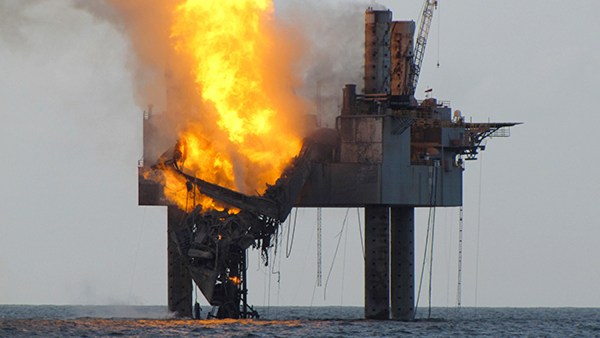Working in the oilfield, you need a scientific calculator to help you solve problems with complex formulas. As you learn from this website, drillingformulas.com, you really need a scientific calculator to help you.

There are different brand companies that design scientific calculators. However, the difference in brand names might not alter the similarity in functions and programming. When you are choosing a small scientific calculator, there are a number of factors that you should consider. These factors include; functionality and efficiency, portability and durability.
Functionality and Efficiency
The main reason why we buy a calculator is for faster computations. You should choose a calculator whose programming allows you to compute all the problems in your relevant discipline. Most of the calculators can help you in calculating normal mathematic problems, logarithms, fractions, statistics, probability, etc. If the calculator that you choose can handle the mathematics problems in your discipline, then it is a good calculator.
If you are in work sites as drilling rigs, you might not need a calculator with many technical buttons. You might just need a simple scientific calculator that will handle basic mathematic problems. There is no need of buying a very expensive calculator while you will not be using most of the functions indicated on the calculator. Instead, you can save on the purchase cost by buying a simple scientific calculator with the sine, cosine and tangent buttons among other important functions and you will still enjoy the functions of a scientific calculator.
This is the calculator (Casio Advanced Scientific Calculator with 2-Line Natural Textbook Display (FX-115ES)) that I used on the rig.
This calculator costs you less than 20 dollars but it will work all the hard work for you.
If you are working in the discipline that will use advanced mathematics, you really need to look into the advanced one. There is a specific scientific calculator that is programmed and designed for all math problems. The mathematics calculator is ideal for college students and engineers. It gives accurate answers with simpler decimals which enable to give more comprehensive answers. Some engineering calculators also show graphical representations. These are complex calculators that some people might not need for basic mathematics. These types of calculators are good for directional drillers, engineers (drilling, production, reservoir), geologists, etc.
The programming of the calculator determines the functions that the calculator can handle.
Texas Instruments TI-83 Plus Programmable Graphing Calculator is one of the most famous advanced scientific calculators.
Portability
Personnel especially ones working on the rig need simple scientific calculators that they can carry around easily. It is therefore important to choose a calculator that can fit in your bag or pocket. It makes it easier to hold when using and also easier to use since it has small and soft buttons. However, if you work in the office working of the complex engineering project, the advanced calculator may be suit for you.
Durability
Durability is very crucial when choosing your calculator. You need to look for a calculator that comes with a dust cover, water resistant screen and joints and buttons that are not easily unmarked after continuous use. You should choose a calculator with a clear screen too. You can ask from the store if you can use the calculator in the sun. Some screens show blurred figures when they are used outdoors.
Price should never be a determinant of the quality of calculator you want to buy. If you are guided by price you will either get a counterfeit calculator or one whose keys will fade within a couple of months making it very hard for you to use some functions on the calculator.
Find the scientific calculators at cheap price from Amazon.com.
Scientific calculators

Advanced graphing scientific calculators

















 Well Control Books
Well Control Books











 Formulas and Calculations for Drilling, Production and Workover, Second Edition
Formulas and Calculations for Drilling, Production and Workover, Second Edition



















 Drilling engineering books
Drilling engineering books

